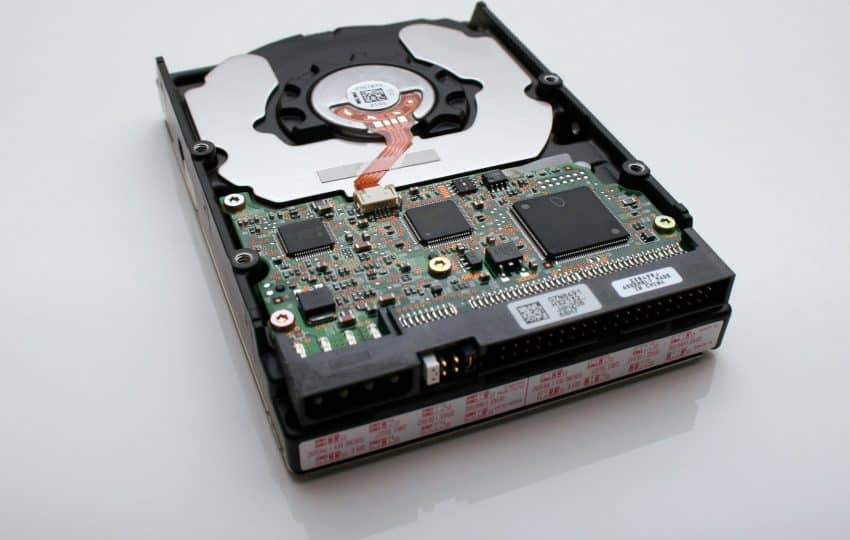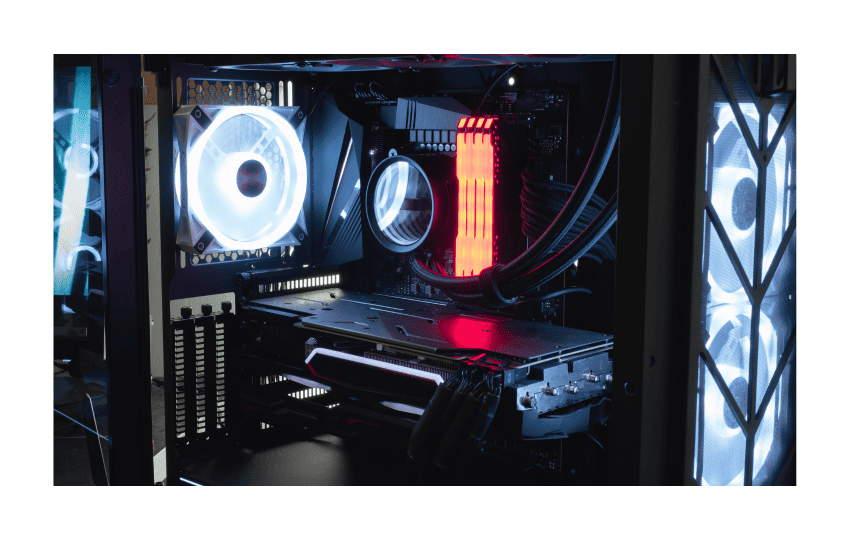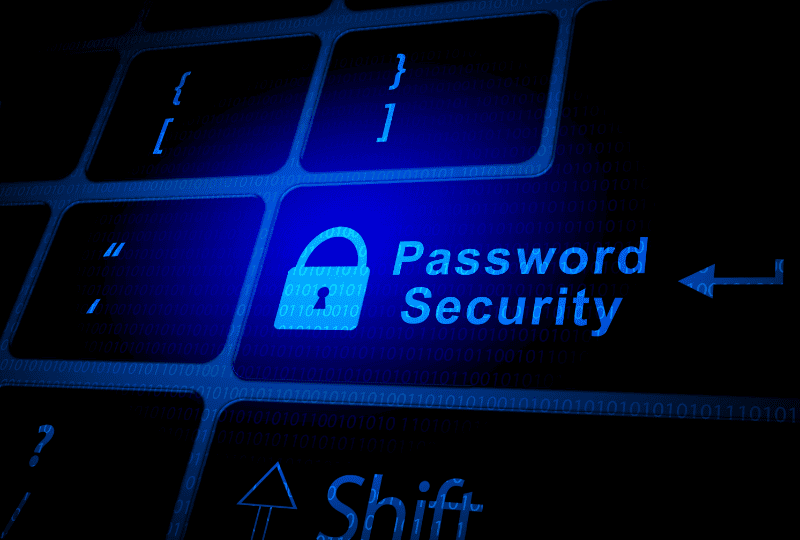How to Keep Your Technology Secure – the Big Picture

Introduction:
If you connect your technology to a network or plug in any type of portable storage device, there are bad guys out there trying to attack you. Without protection, some of those attacks will succeed. You have probably heard of at least some forms of attack: viruses, trojans, worms, spyware, keyloggers, ransomware, adware, and rootkits. The good news is that you don’t need to be a cyber-security expert with detailed knowledge of attacks and protection tools to protect yourself. However, you do need to know a few basics and to take responsibility for getting them in place.
The Basics:
There are five basic components to home and small business security:
- Secure wireless network credentials,
- A capable and properly configured firewall,
- Capable anti-malware software,
- Phishing attack awareness and avoidance, and
- Backup.
Together, they provide a layered defense (a defense-in-depth) against cyber-attacks. In this blog post, we’ll introduce the basic defense layers. In other blogs, we will provide enough information about each layer to protect yourself. But first, why should you care?
The Risk:
Successful cyber-attacks can be extremely expensive and disruptive. If your technology stores financial data, your bank and credit card accounts might be drained, and you may have to shut down all of your existing accounts and open new ones. If your technology stores personal data, your identity might be stolen. If the data stored on your technology is valuable, it might be held for ransom or erased. The technology upon which you depend might be rendered unusable, which could disrupt your life and/or business.
Secure Wireless Network Credentials:
When you first get your network router, it will have a default username and password. If you do not change them, your wireless network is vulnerable to a fairly easy attack. An attacker would only need to park near your home or workplace, and try the most common default credentials to gain access to your network. Your job, here, is simple: if you have not already done so, change your router’s username and password to secure ones and write them down somewhere secure.
Firewalls:
A firewall is a network security component that prevents unauthorized access to a network. It inspects incoming and outgoing messages using a set of security rules to identify and block threats. Firewalls can be implemented as physical network hardware devices, software that runs on network routers, or as software that runs in your computer. Your job, here, is to be sure a firewall is installed and properly configured. That does not mean you have to install and configure it yourself. ClickAway can help you put this layer in place.
Capable Anti-Malware Software:
The word “malware” derives from malicious software. Malware is software designed to gain unauthorized access to systems and then do harm. Its purpose might be theft, extortion, damage, or disruption. Malware infects systems either through networks or plug-in storage devices.
Not surprisingly, anti-malware software is designed to prevent malware infections.
Beware, however, not all antimalware software offerings are equal. Some of the best-known offerings are ineffective, inefficient, and annoying. One is even Russian-owned.
Most offerings have free versions, but the paid versions offer significant advantages. The paid versions automatically and frequently update their threat profiles, do regularly-scheduled and manual scans, facilitate quarantining threats, and in some cases, offer real-time network and plug-in protection. The free versions only do manual scans, and many do no not have quarantining functionality.
ClickAway recommends, sells, and installs best-in-class anti-malware software, and we would be happy to help you get this layer of security in place.
Phishing Attack Awareness and Avoidance:
Phishing is an attack that tries to fool you into giving a hacker with malicious intent access to your technology. It starts when you receive an email, phone call, or text message that appears to come from a company or person you know but is actually from a bad actor trying to get access to your technology for malicious purposes. The idea is to either scare or entice you into calling, clicking on a button or link, or responding to a text message. The majority of phishing attackers impersonate big banks or credit card companies, technology companies like Microsoft and Apple, or online retailers like Amazon.
Some antimalware software may protect you from email-launched malware. However, no antimalware software can protect you from harm if you give a bad actor remote access to your technology.
The only effective protection is your awareness of the risk, being skeptical of calls, emails, and text messages like those described above, and avoiding giving strangers access to your technology. If you have even the slightest doubt, call ClickAway before giving anyone access to your technology.
Backup:
Even if all the protection layers above are in place, there is still a small probability that a new, novel attack might succeed. What happens then? The last layer of protection is a current backup of your valuable data or your entire system. With that backup, ClickAway can quickly restore your system to a pre-attack state and significantly mitigate your risk.
If you are not doing regularly-scheduled backups, ClickAway will be happy to help you set up a backup program.
Conclusion:
The risk associated with cyber-attacks can be huge. Protecting yourself is relatively easy, and the cost is a small fraction of the risk. If you do not have all of these layers in place, please take action now.
You can get more details from other ClickAway security blog posts:
- Firewalls – Don’t Get Burned.
- Anti-Malware – What You Need to Know.
- What Is Phishing and How Not to Get Caught.
- Backup – What You Need and How to Do It.




